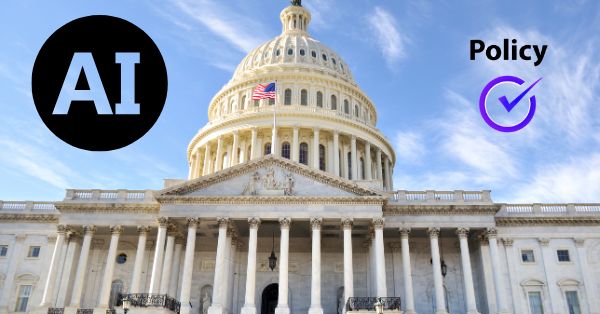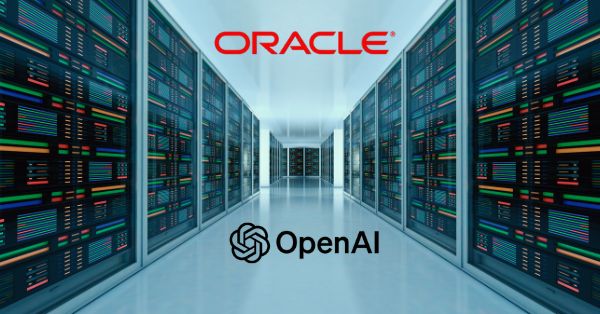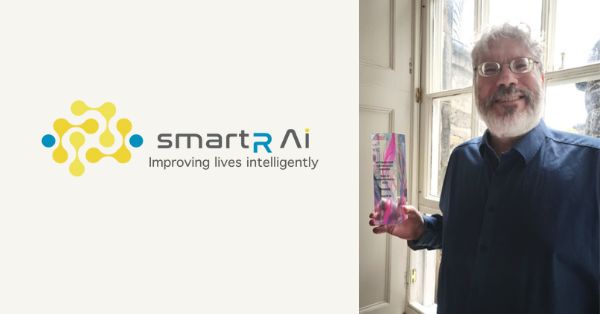Europe Emerges as Prime Target for Hacktivists, Orange Cyberdefense Report Reveals
Orange Cyberdefense, the cybersecurity division of the Orange Group, has released its annual Security Navigator 2025 report. The publication, now in its sixth edition, provides critical insights into the evolving cyber threat landscape. This year’s findings spotlight the sharp rise in politically motivated cyberattacks targeting Europe, a trend intensifying since the Russian invasion of Ukraine in 2022.
Rising Hacktivist Threat: Politically Motivated Cyberattacks in Europe
At a recent event in London, Char van der Walt, Head of Security Research at Orange Cyberdefense, and Sara Puigvert, EVP of Global Operations, emphasized the growing threat of hacktivist activity in Europe.
A hacktivist, defined as a politically motivated hacker operating independently of state sponsorship, has become a significant player in cyber warfare. According to the report, one unnamed pro-Russian hacktivist group has carried out over 6,600 cyberattacks since 2022, with 96% of these targeting European nations such as Ukraine, Poland, Spain, Italy, and the Czech Republic.
Cognitive Warfare: Hacktivists Shift Focus to Public Trust
Hacktivists are increasingly engaging in “cognitive warfare,” where the goal is to manipulate public perception and trust rather than merely cause technical disruptions. While not directly state-sponsored, many of these groups are “government-tolerated,” operating under the umbrella of a broader geopolitical strategy. According to van der Walt, their activities often echo Russia’s playbook of societal disruption, aiming to portray the West, NATO, and Ukraine’s allies as morally corrupt.
These attacks frequently focus on symbolic institutions, such as election systems, to spread disinformation and foster societal disharmony. Events like European elections, political protests, or pivotal moments in the Ukraine conflict often serve as triggers for such cyber campaigns.
Hacktivists Target Europe’s Critical Infrastructure Systems
Hacktivist activity is no longer confined to traditional IT systems. Nearly 23% of operational technology (OT) cyberattacks in 2024 were linked to hacktivist groups. These attacks often targeted critical infrastructure sectors, such as utilities, energy, manufacturing, and healthcare. Among these incidents, 46% resulted in the manipulation of control processes, highlighting the vulnerability of essential infrastructure.
This shift towards targeting OT systems amplifies the risks to sectors critical for societal functioning. The energy and manufacturing sectors remain particularly exposed, underscoring the importance of robust cybersecurity measures.
AI’s Role in Cybersecurity: Opportunities and Threats
Artificial intelligence (AI) is playing an increasingly significant role in the cybersecurity landscape. Threat actors are leveraging generative AI (GenAI) to craft highly sophisticated phishing attacks and deepfakes, making them harder to detect. Conversely, cybersecurity teams are deploying AI-powered tools to improve threat detection and response times.
However, the Security Navigator 2025 report also warns of vulnerabilities within GenAI systems, which could be exploited by adversaries. This dual-edged role of AI emphasizes the need for continuous innovation in cybersecurity to stay ahead of emerging threats.
Building Cyber Resilience Through Education and Community Tools
To enhance awareness and resilience, Orange Cyberdefense has introduced the Cybercrime Now tool, a free, interactive platform designed to educate users about the criminal ecosystem surrounding hacktivists. This tool offers valuable insights into how these groups operate, empowering organizations and individuals to strengthen their defenses.
Exploring Cybersecurity Solutions at Submarine Networks EMEA 2025
The conversation on cybersecurity continues at the Submarine Networks EMEA event, scheduled for February 18-19, 2025, in London. Attendees will explore the latest trends and solutions in cybersecurity and network resilience.
Conclusion
The findings of Orange Cyberdefense’s Security Navigator 2025 underscore the urgent need for European countries to address the rising threat of politically motivated cyberattacks. As hacktivists evolve their tactics, focusing on cognitive warfare and critical infrastructure, organizations must adopt a proactive approach, leveraging AI, advanced threat detection, and community education tools. Collaborative efforts will be essential to safeguarding public trust and protecting vital infrastructure against this growing menace.
































